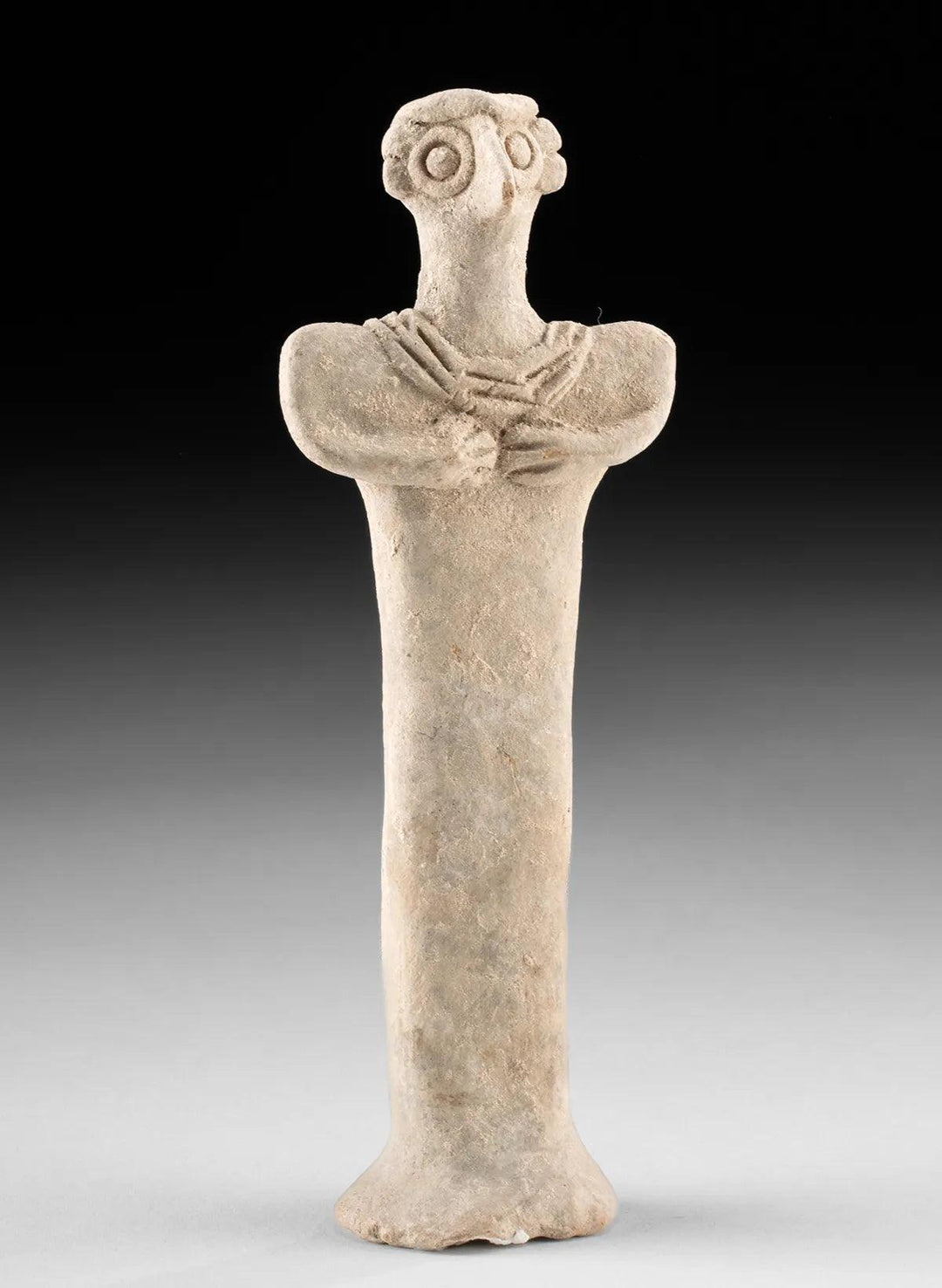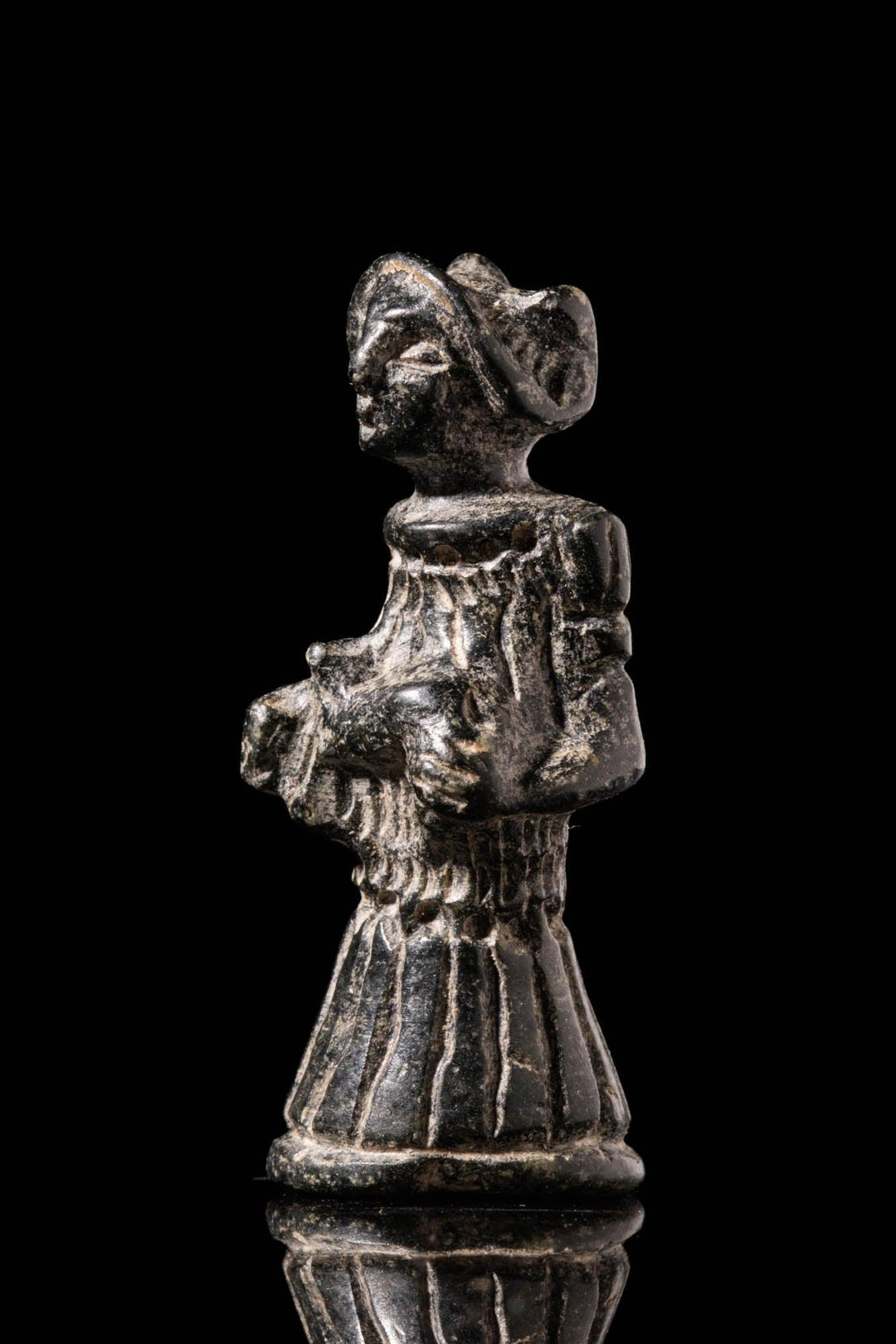
Hittites: Artifacts from the Empire of the Anatolian Highlands (1650BCE - 700BCE)
Explore the world of the Hittites with our collection of authentic artifacts. Delve into the legacy of a civilization known for its monumental architecture, cuneiform inscriptions, and pivotal role in the ancient Near East.
The Hittites - originating from the Anatolian highlands of present-day Turkey, the Hittites established a powerful empire that spanned from the 17th to the 11th century BC. As one of the major powers of the ancient Near East, the Hittites are celebrated for their military prowess, legal codes, and interactions with neighboring civilizations.
Key Highlights:
- Hittite Capital: Hattusa, the capital city, is renowned for its massive fortifications, temples, and archives containing thousands of cuneiform tablets.
- Battle of Kadesh: A monumental conflict between the Hittites and the Egyptians, resulting in one of the earliest known peace treaties.
- Luwian Hieroglyphs: Apart from cuneiform, the Hittites and their neighbors used a unique hieroglyphic script for inscriptions.
- Religious Pantheon: The Hittites had a diverse pantheon, incorporating deities from various cultures, and practiced elaborate rituals.
Regions: The Hittite Empire's influence spanned several key areas of the ancient Near East:
- Central Anatolia: The heartland of the Hittite Empire, with Hattusa as its epicenter.
- Northern Syria: Regions under Hittite control, marked by key cities like Carchemish.
- Western Anatolia: Areas influenced by Hittite trade, diplomacy, and military campaigns.
Valued Materials: The Hittites, known for their craftsmanship and trade networks, valued various materials:
- Bronze: Predominantly used for crafting weapons, tools, and ceremonial objects.
- Gold and Silver: Employed for jewelry, decorative items, and as a medium of exchange.
- Stone: Utilized for constructing monuments, statues, and inscriptions.
- Ceramics: Used for pottery, vessels, and ritualistic items.
Relevant Time Periods: The history of the Hittites can be segmented based on significant dynasties and events:
- Old Kingdom (c. 1650–1500 BC): The establishment and consolidation of the Hittite state.
- Middle Kingdom (c. 1500–1430 BC): A period of expansion, conflicts, and cultural interactions.
- New Kingdom (c. 1430–1180 BC): The zenith of Hittite power, marked by territorial expansion, diplomatic endeavors, and the Battle of Kadesh.
- Post-Empire Period (c. 1180–700 BC): Following the empire's decline, the rise of Neo-Hittite and Aramaean states.
Step into our curated collection of Hittite artifacts, each echoing tales of ancient kings, priests, and scribes. From cuneiform tablets detailing legal codes and treaties to intricate jewelry and ceremonial objects, immerse yourself in the rich heritage of an empire that once stood as a beacon of the ancient Near East.





